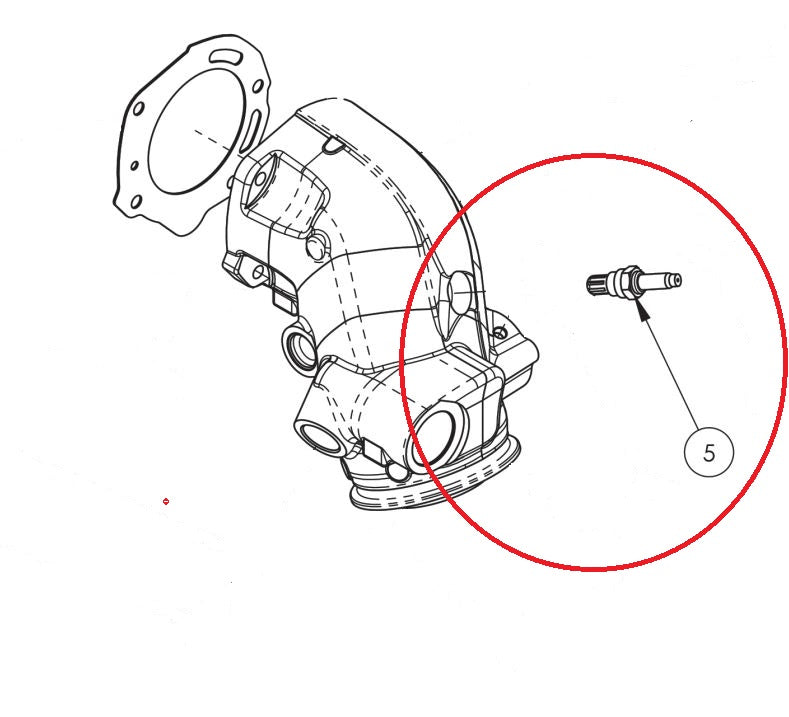Post-Catalytic Converter Oxygen Sensor (Post-Cat O2 Sensor)
Location: Mounted in the exhaust elbow system after the catalytic converter
Installation Tips:
-
Safety First:
-
Make sure the engine and exhaust are completely cool to avoid burns.
-
Disconnect the battery to avoid electrical shorts.
-
-
Locate the Sensor:
-
Find the post-cat sensor—it's the one after the catalytic converter in the exhaust pipe.
-
Trace the wiring harness to confirm you're replacing the right one.
-
-
Unplug the Electrical Connector:
-
Carefully disconnect the sensor plug from the harness. Don’t pull on the wires—use the tab or connector body.
-
-
Remove the Old Sensor:
-
Use an O2 sensor socket (or a 7/8" / 22mm wrench) to loosen and remove the old sensor.
-
If it's stuck, spray with penetrating oil and let it soak a few minutes.
-
-
Prepare the New Sensor:
-
Most new sensors come with anti-seize compound on the threads. If not, apply a small amount—but don’t get any on the tip of the sensor.
-
-
Install the New Sensor:
-
Thread it in by hand to avoid cross-threading, then snug it down with the wrench.
-
Do not overtighten—snug is usually enough (typically 30-40 ft-lbs if torque spec is available).
-
-
Reconnect the Harness:
-
Plug the sensor back into the wiring harness. Make sure the connection is secure and routed safely away from heat or moving parts.
-
-
Clear Any Engine Codes (if needed):
-
If the sensor triggered a check engine light, clear the code using a scan tool or let the ECM reset over a few drive cycles.
-
Function:
-
Monitors the efficiency of the catalytic converter by measuring the oxygen content in the exhaust gases after they pass through the converter.
-
Sends data to the Engine Control Module (ECM) to ensure emissions are within regulation and to help maintain optimal fuel-air mixture.
Notes:
-
It’s different from the pre-cat O2 sensor, which is located before the catalytic converter and is more focused on fuel trim adjustments.
-
The post-cat sensor primarily monitors the performance of the cat converter, not engine tuning.







